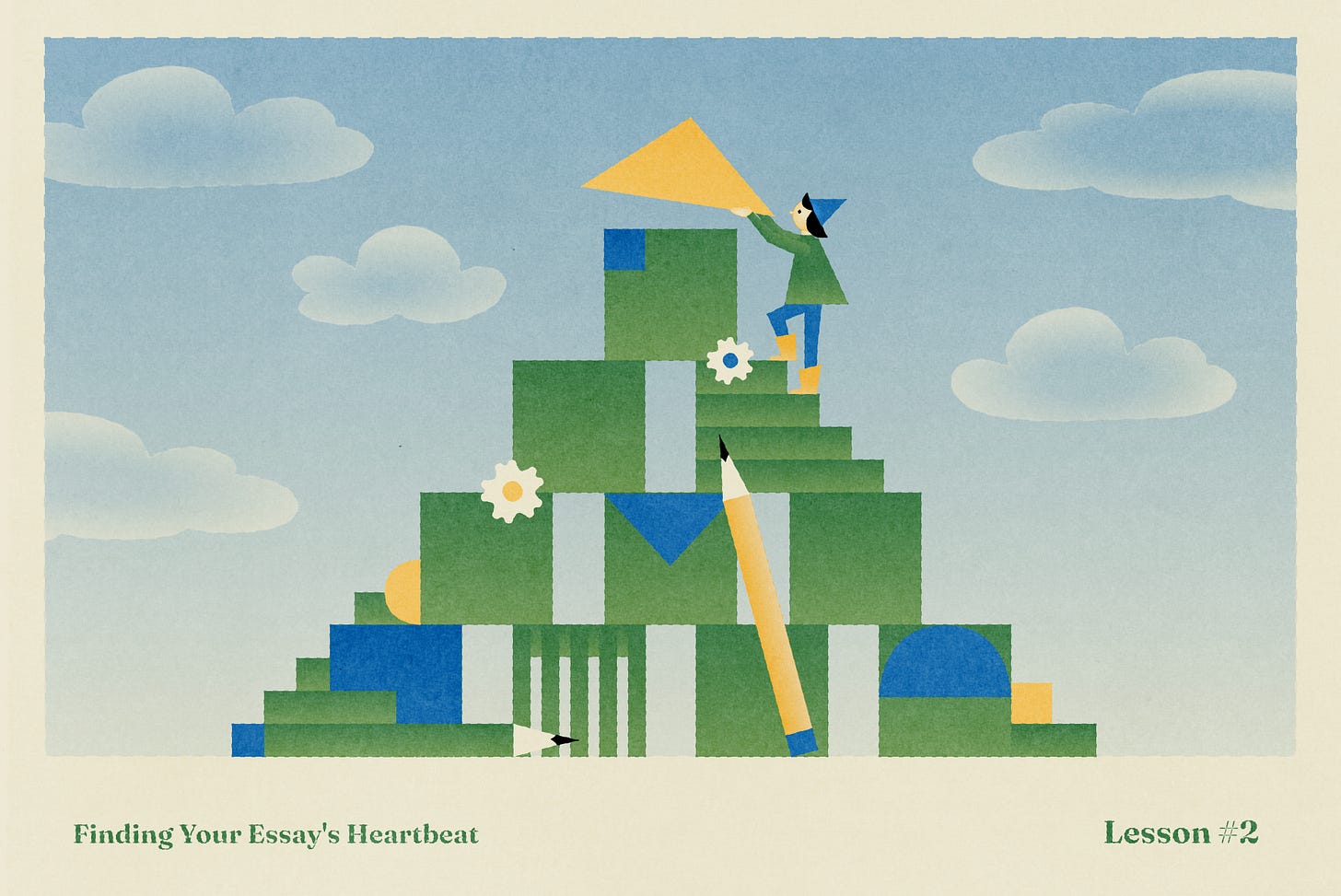How to Build Scenes and Create Structure in Personal Essay
Lesson 2 of 8: Finding Your Essay's Heartbeat
Keep reading with a 7-day free trial
Subscribe to The Forever Workshop to keep reading this post and get 7 days of free access to the full post archives.



